Shorthair cat breeds captivate pet enthusiasts with their sleek coats, playful personalities, and relatively low grooming needs. These cats, ranging from ancient-looking Abyssinians to hardy hunters like the American Shorthair, offer a wide array of looks and temperaments perfect for families, apartments, or active households. Whether you’re seeking a lap cat or an adventurous companion, exploring shorthair cat breeds reveals options suited to various lifestyles. For a broader overview, check out our guide to all kinds of cats.
Purebred shorthairs trace their roots to diverse regions, from ancient Egypt to modern breeding programs in the U.S. and Europe. Their short, dense fur requires minimal brushing—typically once a week—to keep shedding in check and skin healthy. Always consult a veterinarian for breed-specific health advice, as some shorthairs are prone to conditions like hypertrophic cardiomyopathy.
Abyssinian
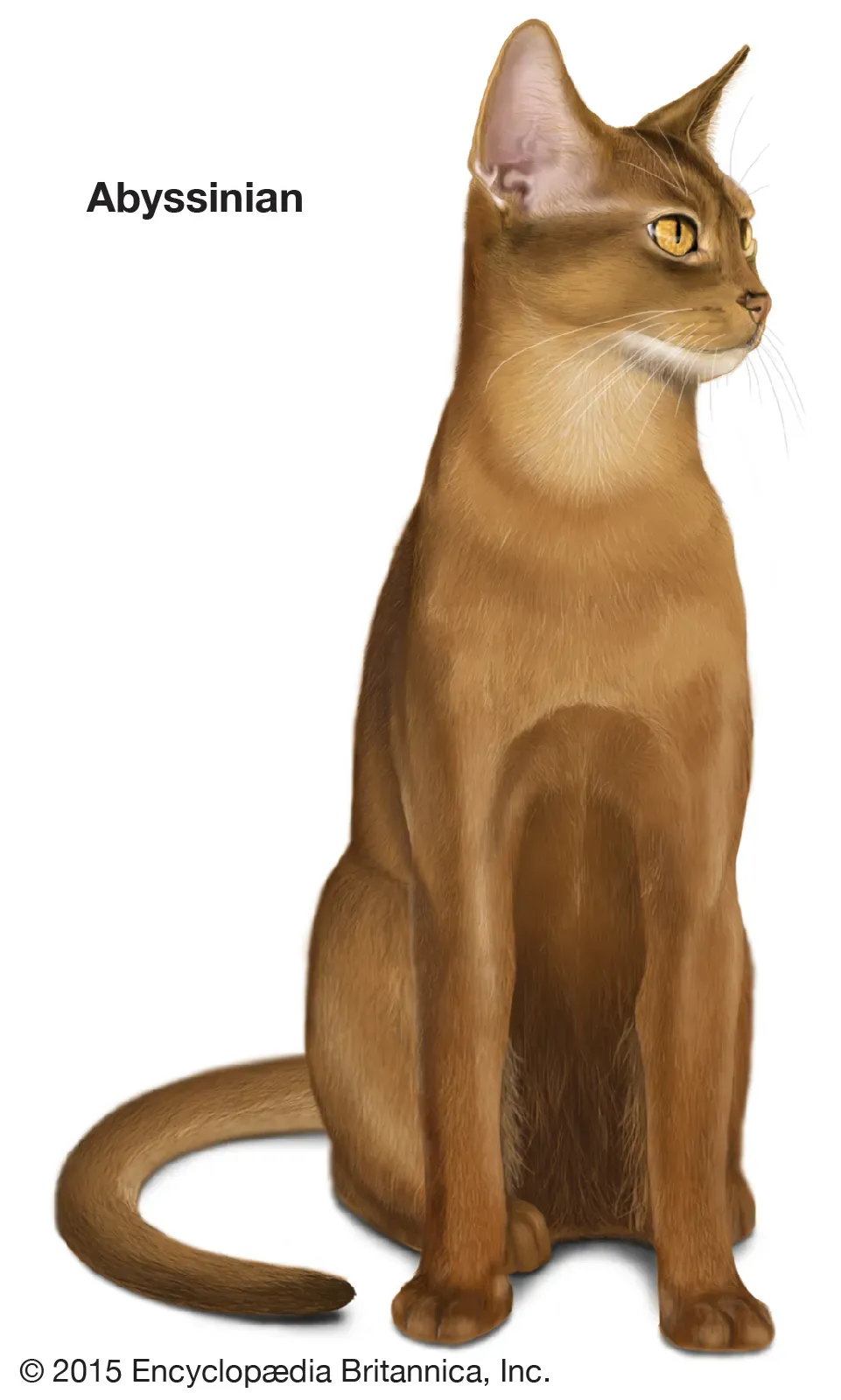 Abyssinian cat resembling the sacred cats of ancient Egypt
Abyssinian cat resembling the sacred cats of ancient Egypt
The Abyssinian stands out for its regal, lithe body and long, slender legs, evoking the sacred cats of ancient Egypt. This active breed loves climbing and exploring, making it ideal for owners with vertical spaces like cat trees. Abyssinians have a ticked coat that gives a shimmering effect in ruddy, red, or blue tones. They thrive on interactive play and high-protein diets to fuel their energy. Regular dental checks are recommended, as they can develop plaque buildup.
American Shorthair
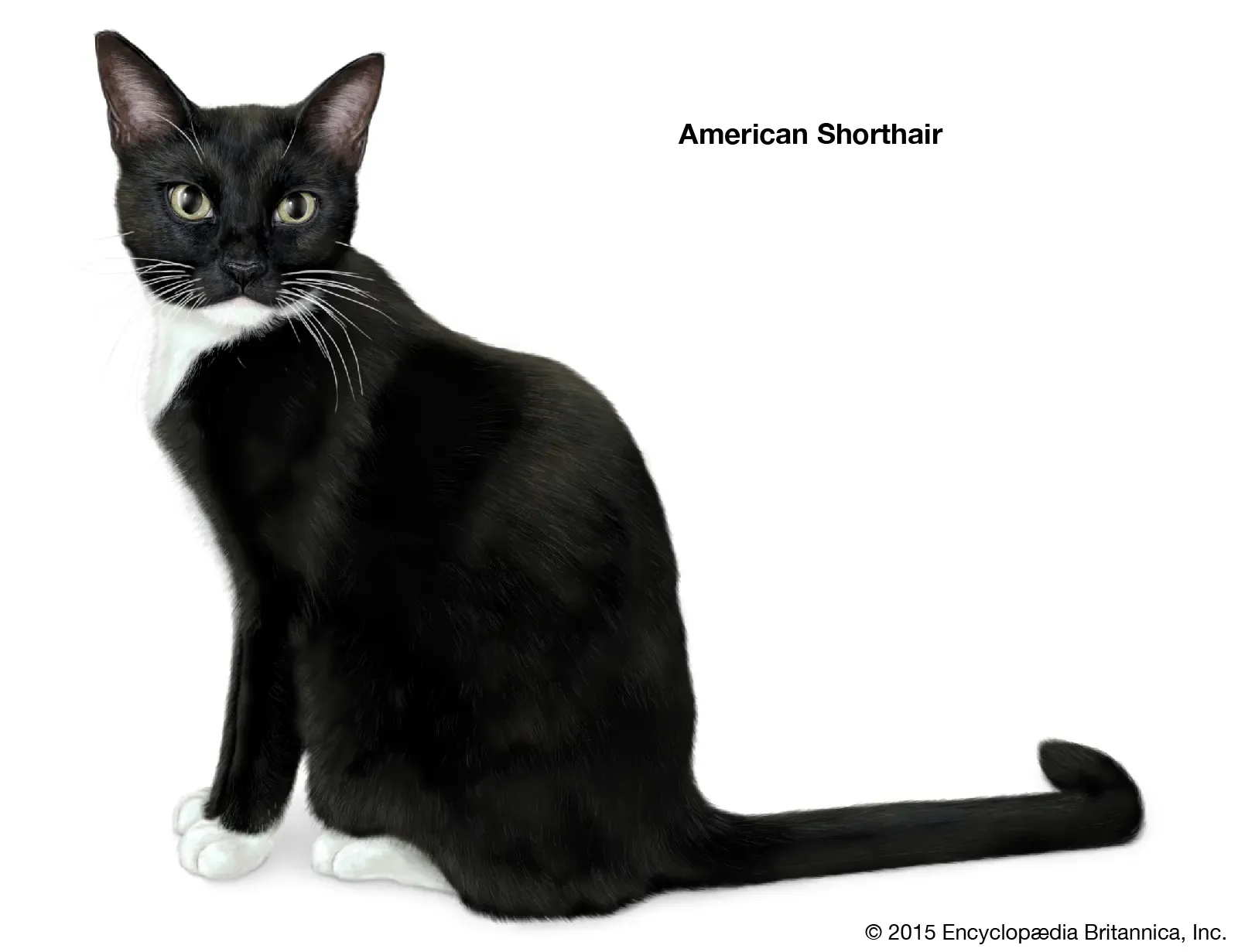 American Shorthair cat demonstrating its natural hunting prowess
American Shorthair cat demonstrating its natural hunting prowess
Known for broad, muscular bodies and thick, dense fur, American Shorthairs excel as natural hunters with calm, adaptable temperaments. Originating from European working cats brought to America, they come in over 80 colors and patterns. These sturdy cats adapt well to indoor life but appreciate puzzle feeders to mimic hunting. Their robust health makes them long-lived, often reaching 15-20 years with proper care, including annual vet visits and obesity monitoring.
American Wirehair
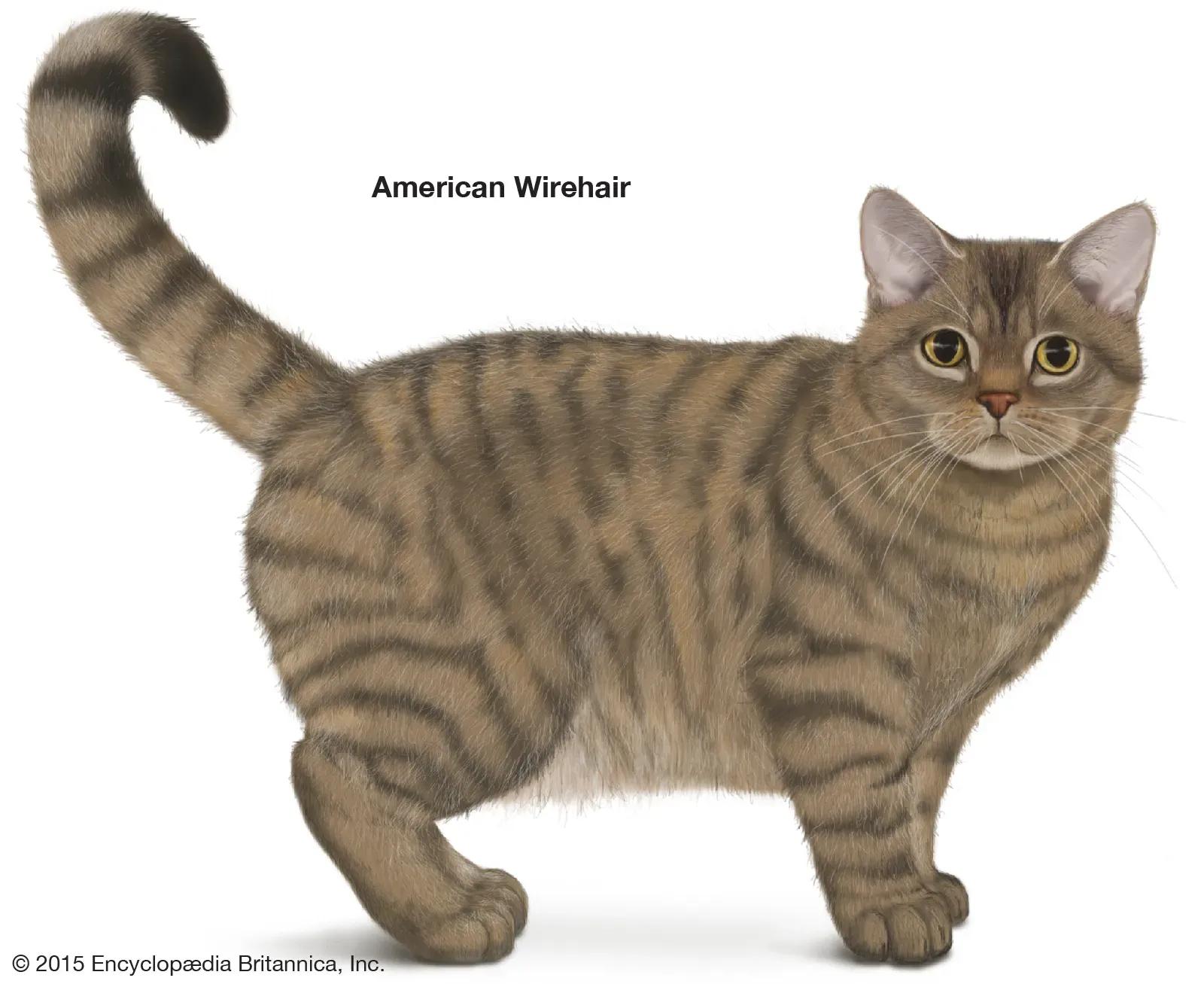 American Wirehair cat showcasing its unique curly coat
American Wirehair cat showcasing its unique curly coat
Rare outside the United States, the American Wirehair features a distinctive curly coat on a medium-to-large frame. Developed in the 1960s from a spontaneous mutation, this breed is affectionate and people-oriented. The wiry fur is low-shedding but benefits from gentle brushing to prevent matting. They enjoy family environments and get along with children and dogs, though early socialization helps.
Bengal
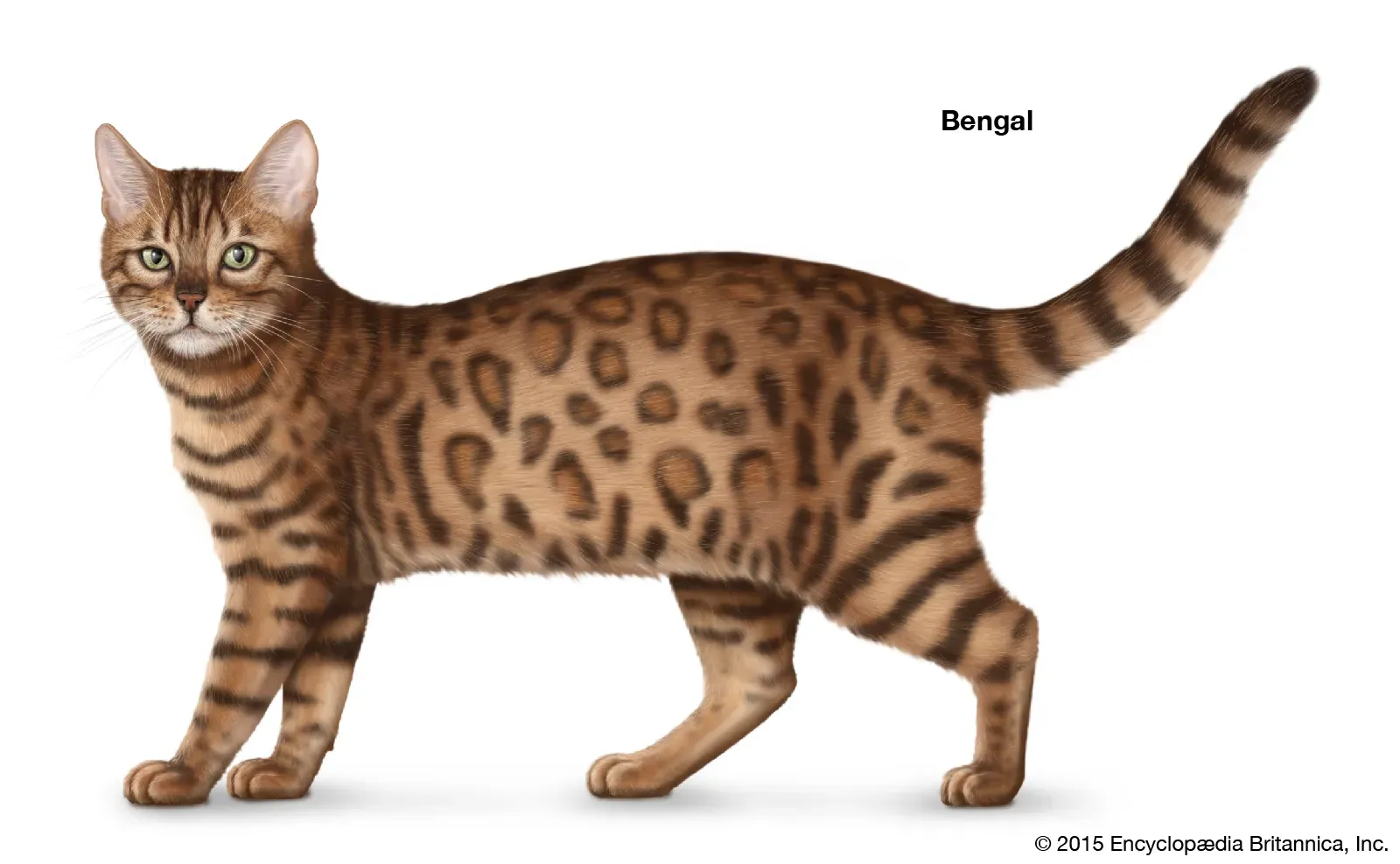 Bengal cat displaying its spotted coat from leopard cat ancestry
Bengal cat displaying its spotted coat from leopard cat ancestry
The Bengal results from crossing the Asian leopard cat with the American Shorthair tabby, yielding a spotted coat and shorter hind legs. Energetic and water-loving, Bengals need ample playtime and enrichment to prevent boredom. Their glittery fur requires weekly bathing if outdoors. Health screening for hybrid-related issues like patellar luxation is essential.
Bombay
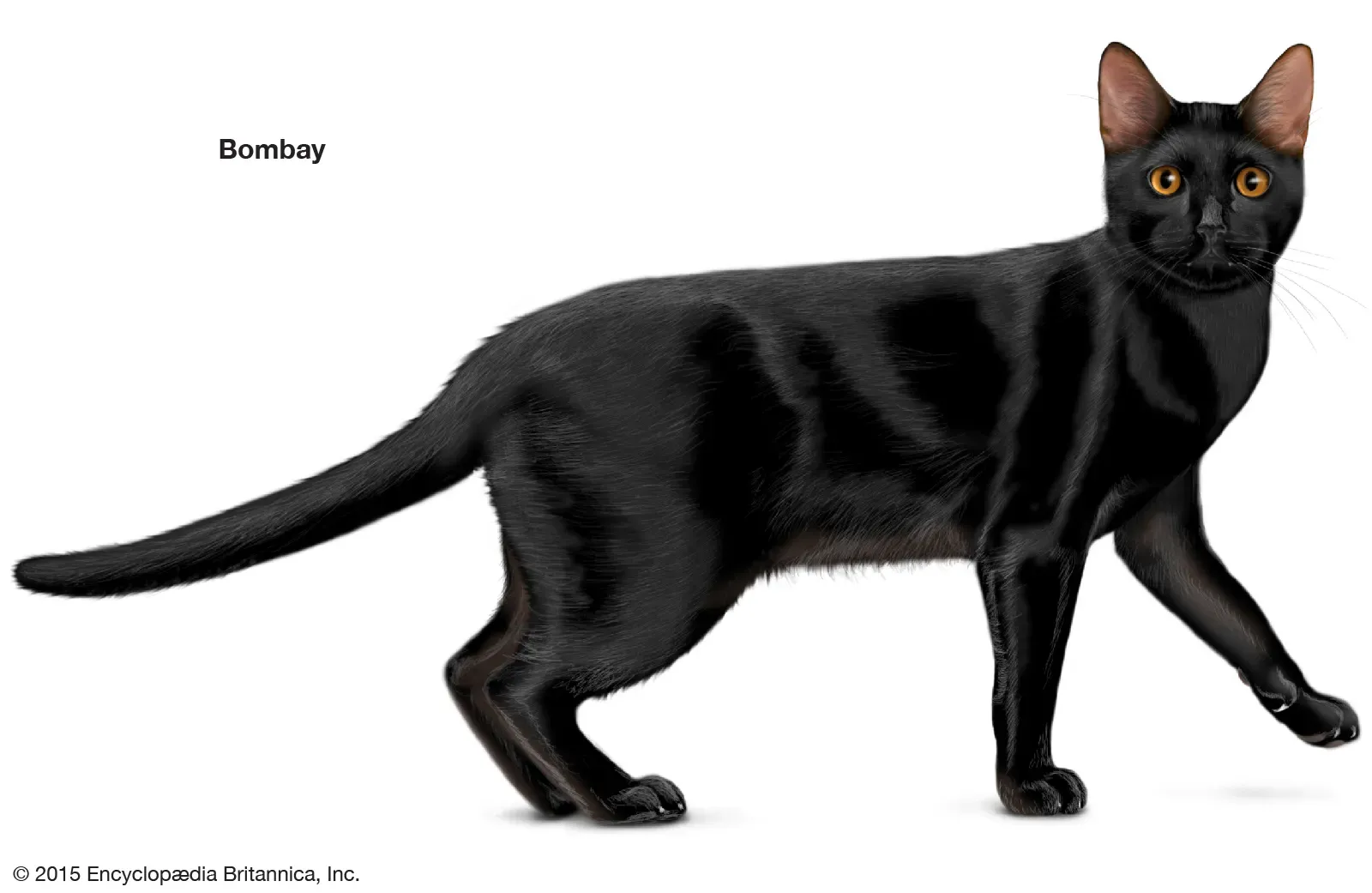 Bombay cat resembling a miniature black panther
Bombay cat resembling a miniature black panther
A cross between the Burmese and black American Shorthair, the Bombay boasts an elegant, panther-like appearance with a jet-black coat. Playful yet cuddly, they form strong bonds with owners. Keep their glossy fur shining with a rubber curry brush. They’re vocal and curious, thriving in interactive homes.
British Shorthair
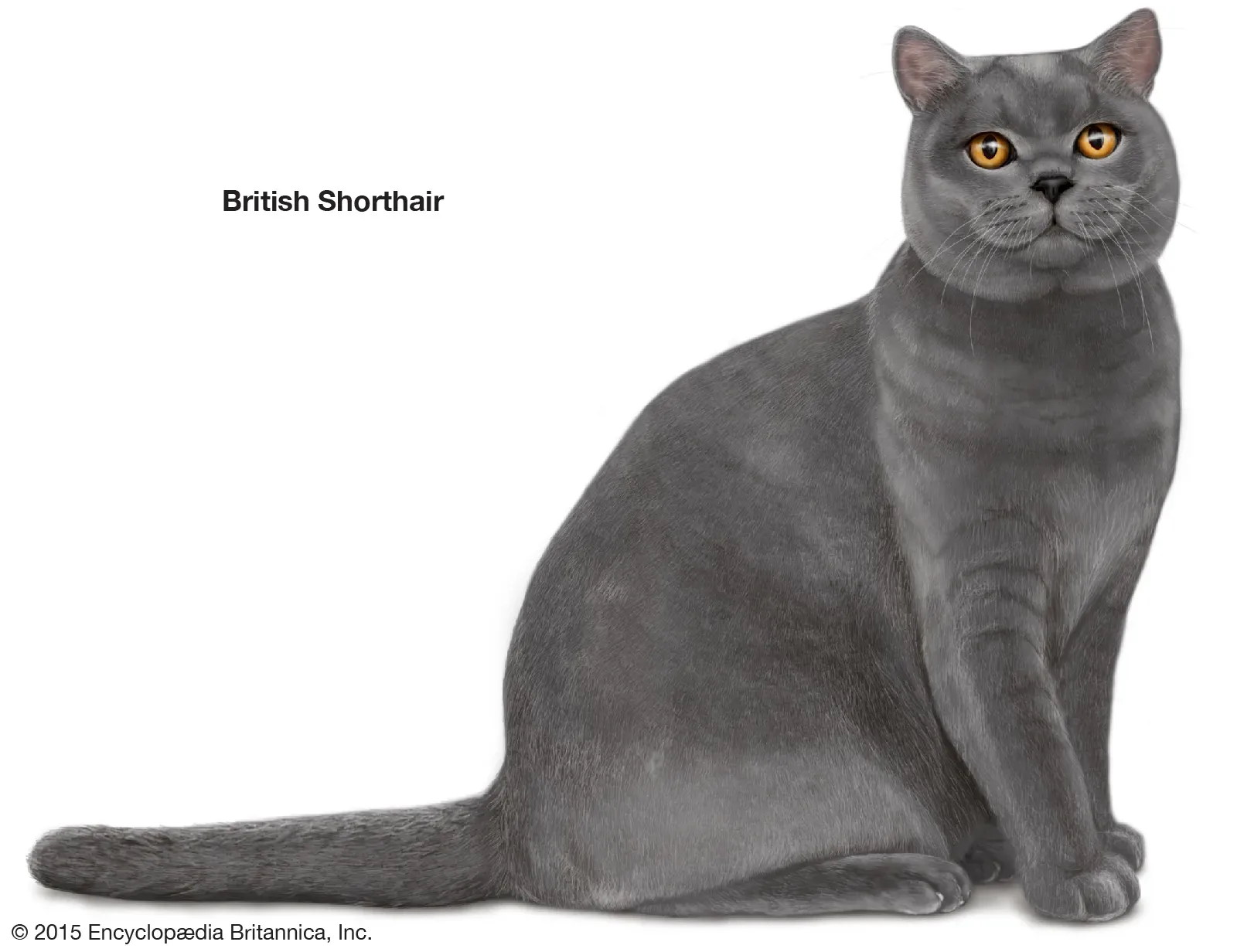 British Shorthair cat exemplifying the classic English breed physique
British Shorthair cat exemplifying the classic English breed physique
As the oldest natural English breed, the British Shorthair features broad bodies, short legs, and dense coats in many varieties, often blue-gray. Placid and independent, they suit relaxed households. Grey cat breeds like this one are popular for their plush feel—brush bi-weekly. Monitor weight, as they love food.
Burmese
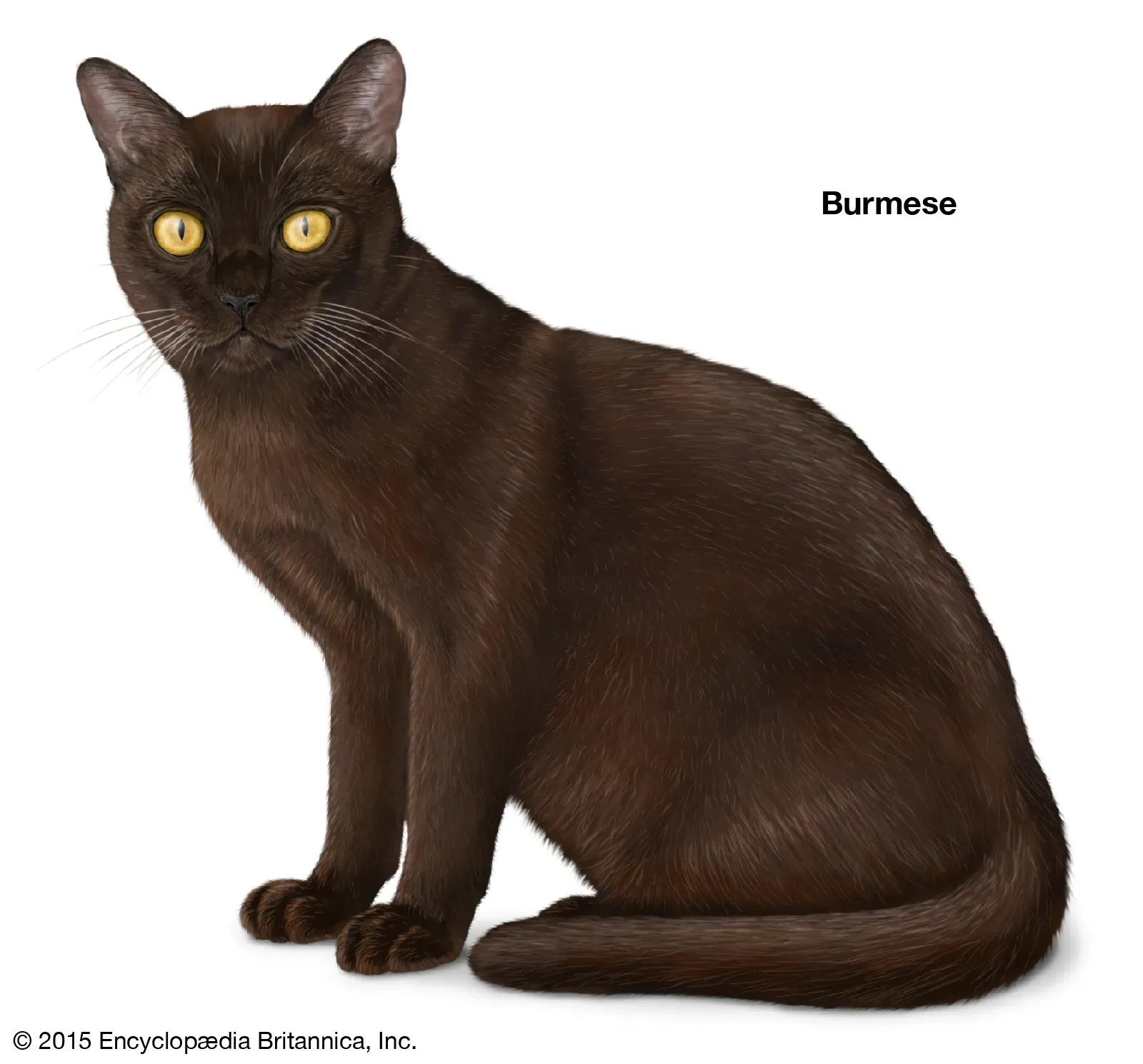 Burmese cat tracing ancestry to the chocolate-colored Wong Mau
Burmese cat tracing ancestry to the chocolate-colored Wong Mau
Related to the Siamese, the Burmese has a thick, glossy coat and medium build, descending from Wong Mau, a chocolate Siamese. Affectionate “people cats,” they follow owners everywhere. Their short fur needs minimal care, but provide climbing perches for their social nature.
Chartreux
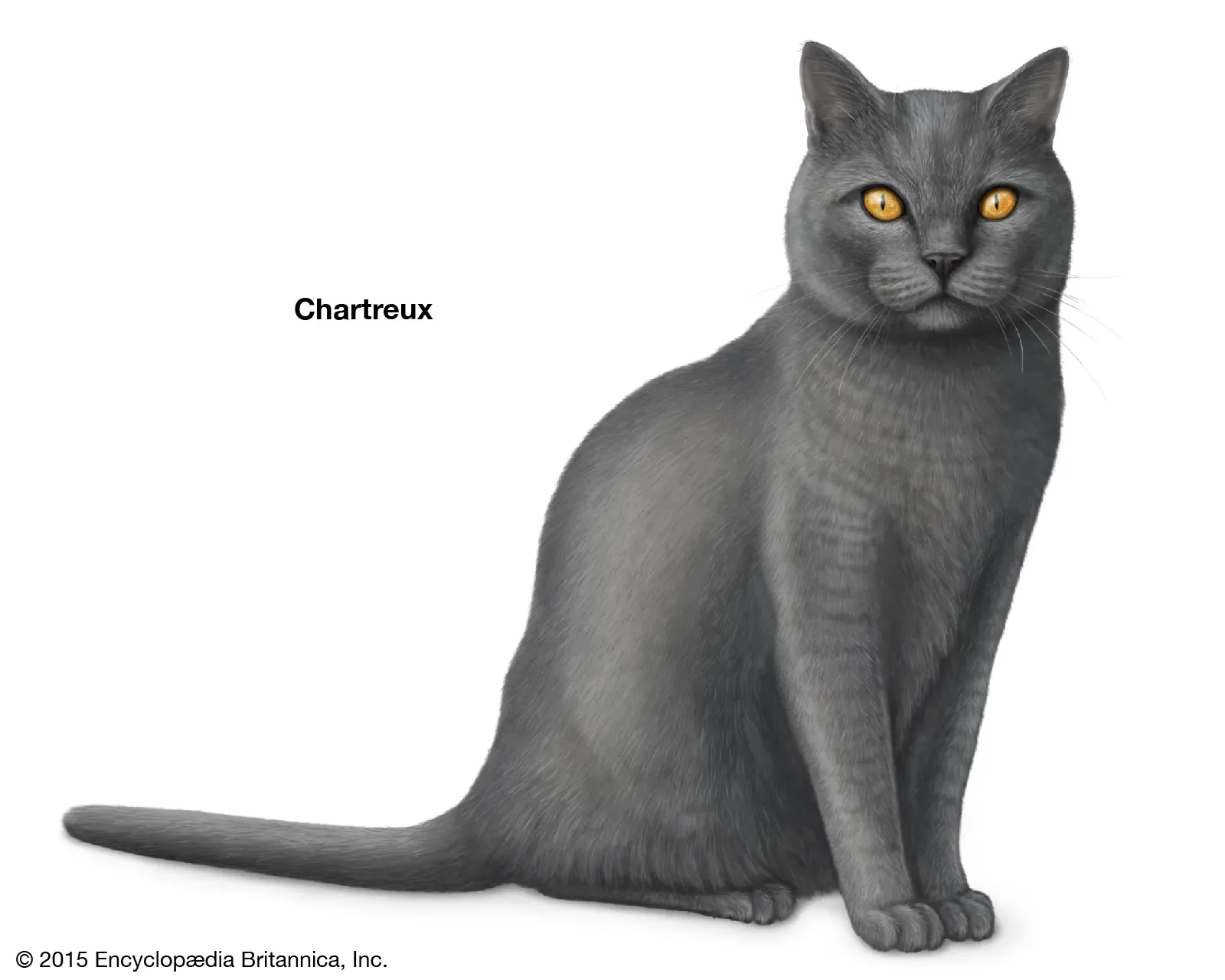 Chartreux cat highlighting its robust blue-gray French heritage
Chartreux cat highlighting its robust blue-gray French heritage
One of the oldest natural breeds from 18th-century France, the Chartreux is robust with woolly blue-gray fur. Quiet and intelligent, they bond deeply with families. Their low-maintenance coat suits busy owners; feed senior formulas as they age gracefully.
Cornish Rex
 Cornish Rex cat with curly coat similar to Rex rabbit fur
Cornish Rex cat with curly coat similar to Rex rabbit fur
Originating in Cornwall, England, the Cornish Rex has a curly, short coat reminiscent of the Rex rabbit. Large-eared and slender, they crave affection and warmth due to sparse fur—avoid drafts. Weekly baths keep oil buildup at bay.
Devon Rex
 Devon Rex cat known as the poodle cat for its wavy coat
Devon Rex cat known as the poodle cat for its wavy coat
Nicknamed the “poodle cat,” the Devon Rex has a pixie face and slightly coarser waves than its Cornish cousin. Playful clowns, they need cozy spots. Intelligent cat breeds include this clever one—train with treats.
Egyptian Mau
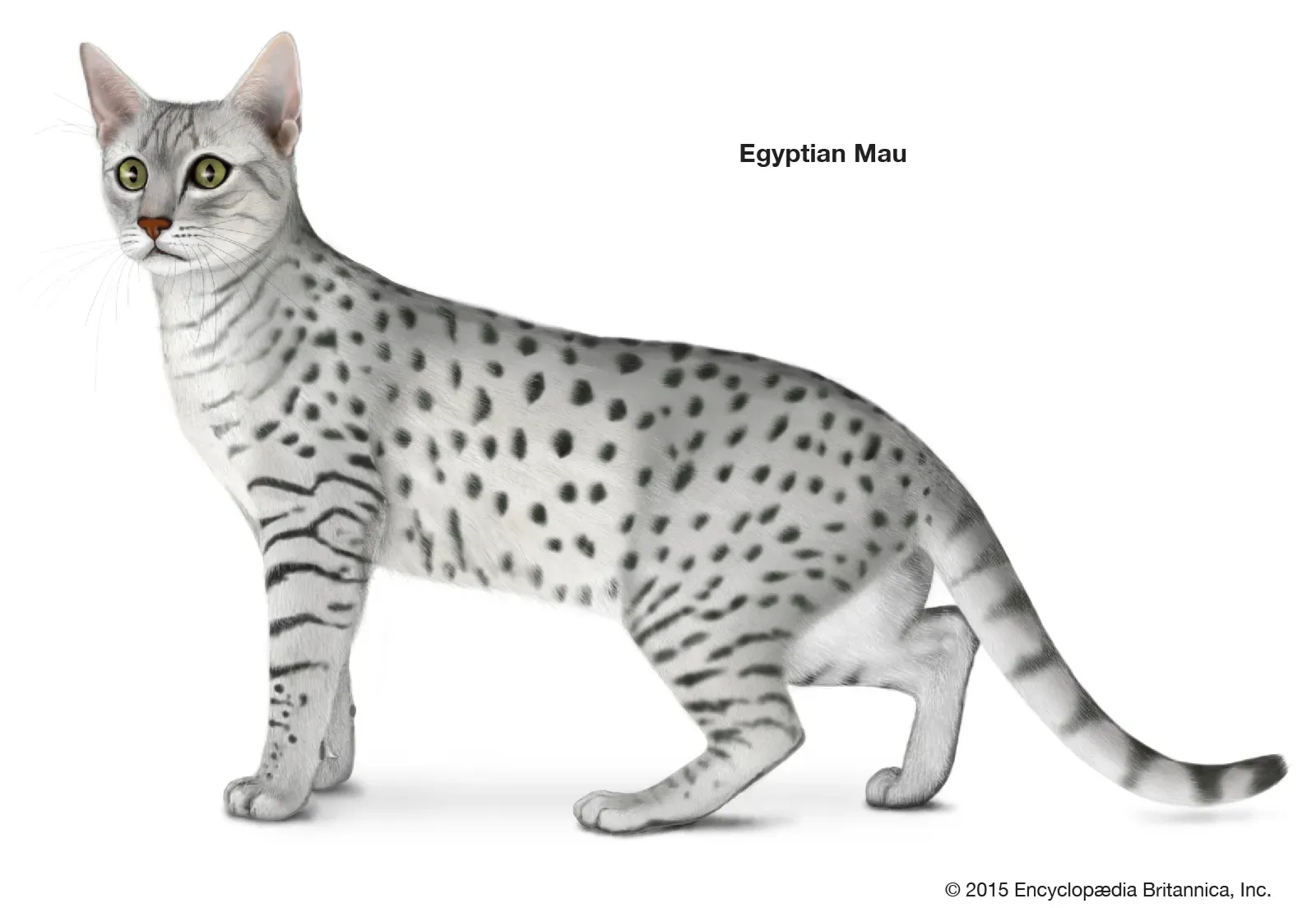 Egyptian Mau cat mirroring ancient Egyptian artwork depictions
Egyptian Mau cat mirroring ancient Egyptian artwork depictions
Graceful with natural spots and a banded tail, the Egyptian Mau echoes ancient art. Speedy sprinters, they love chasing toys. Their short coat is easy-care; provide scratching posts.
Japanese Bobtail
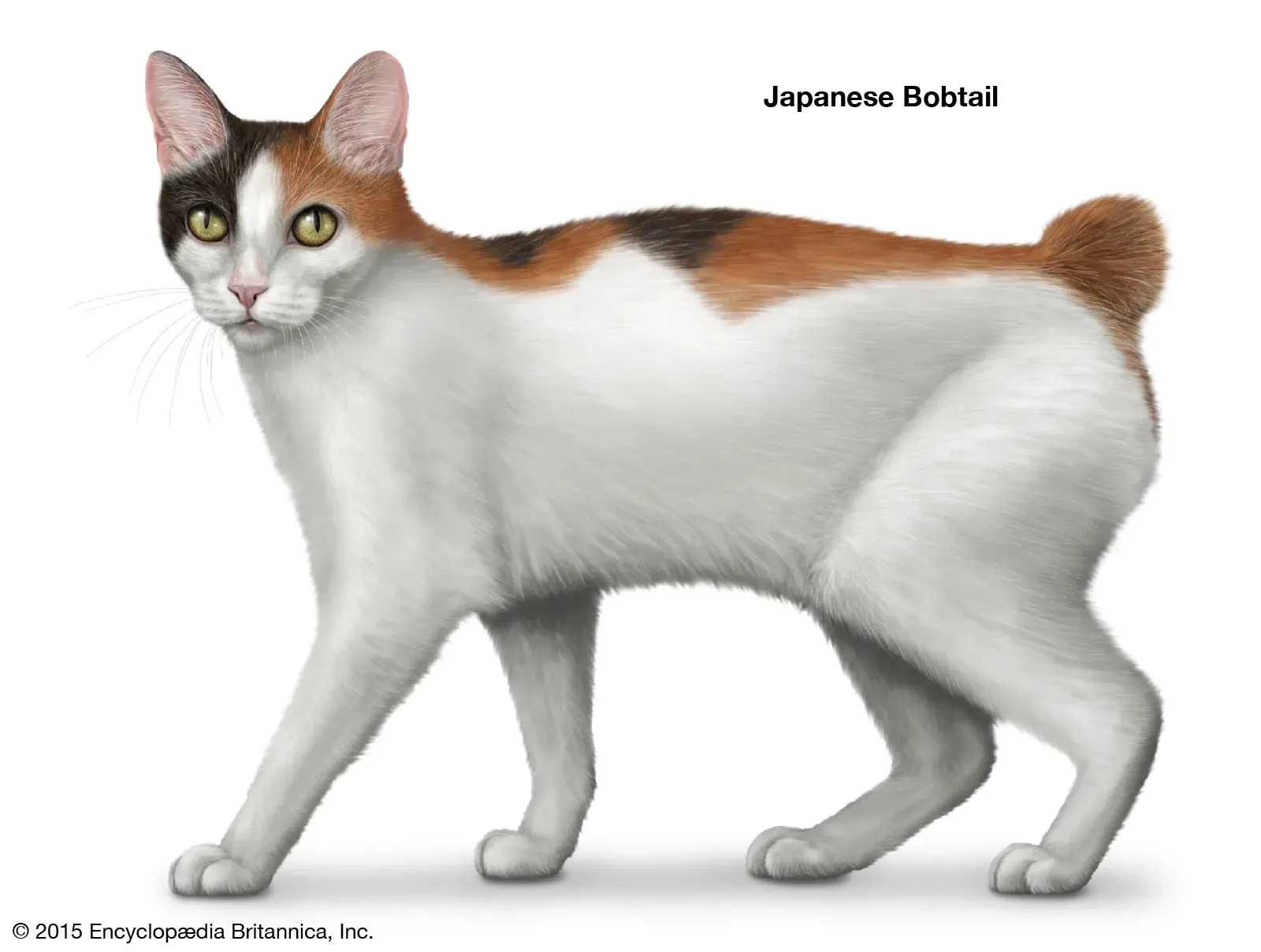 Japanese Bobtail cat featuring its distinctive pom-pom tail
Japanese Bobtail cat featuring its distinctive pom-pom tail
Famed for its pom-pom tail and triangular face, the Japanese Bobtail symbolizes luck in Japan. Outgoing and vocal, they excel with children. Short fur variants need little grooming.
Korat
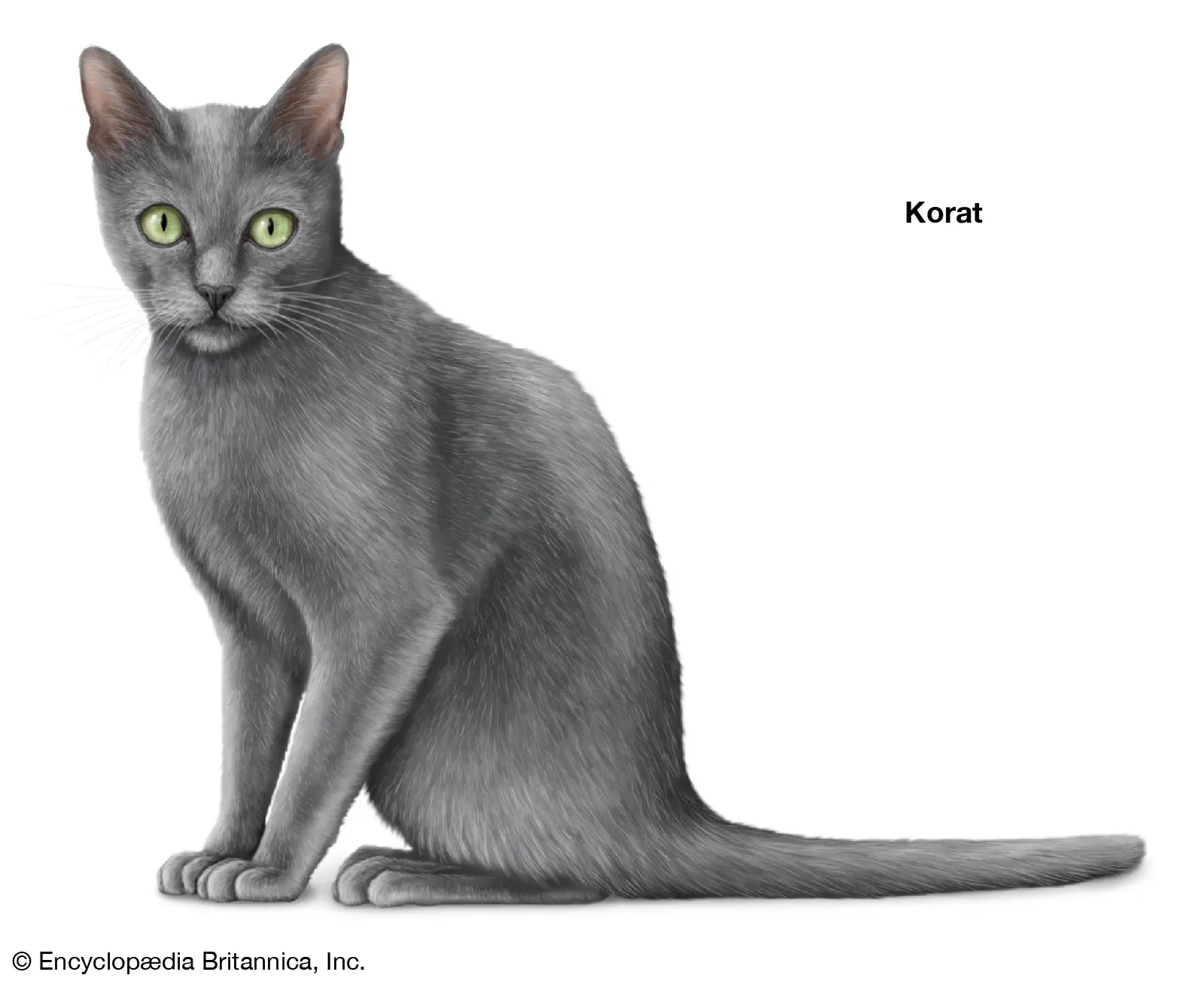 Korat cat with silver-blue coat from Thailand, symbol of good luck
Korat cat with silver-blue coat from Thailand, symbol of good luck
Known as Si-Sawat in Thailand, the Korat has a heart-shaped face and silver-blue coat. Loyal and quiet, they’re good-luck charms. Gentle brushing maintains their sheen.
Manx
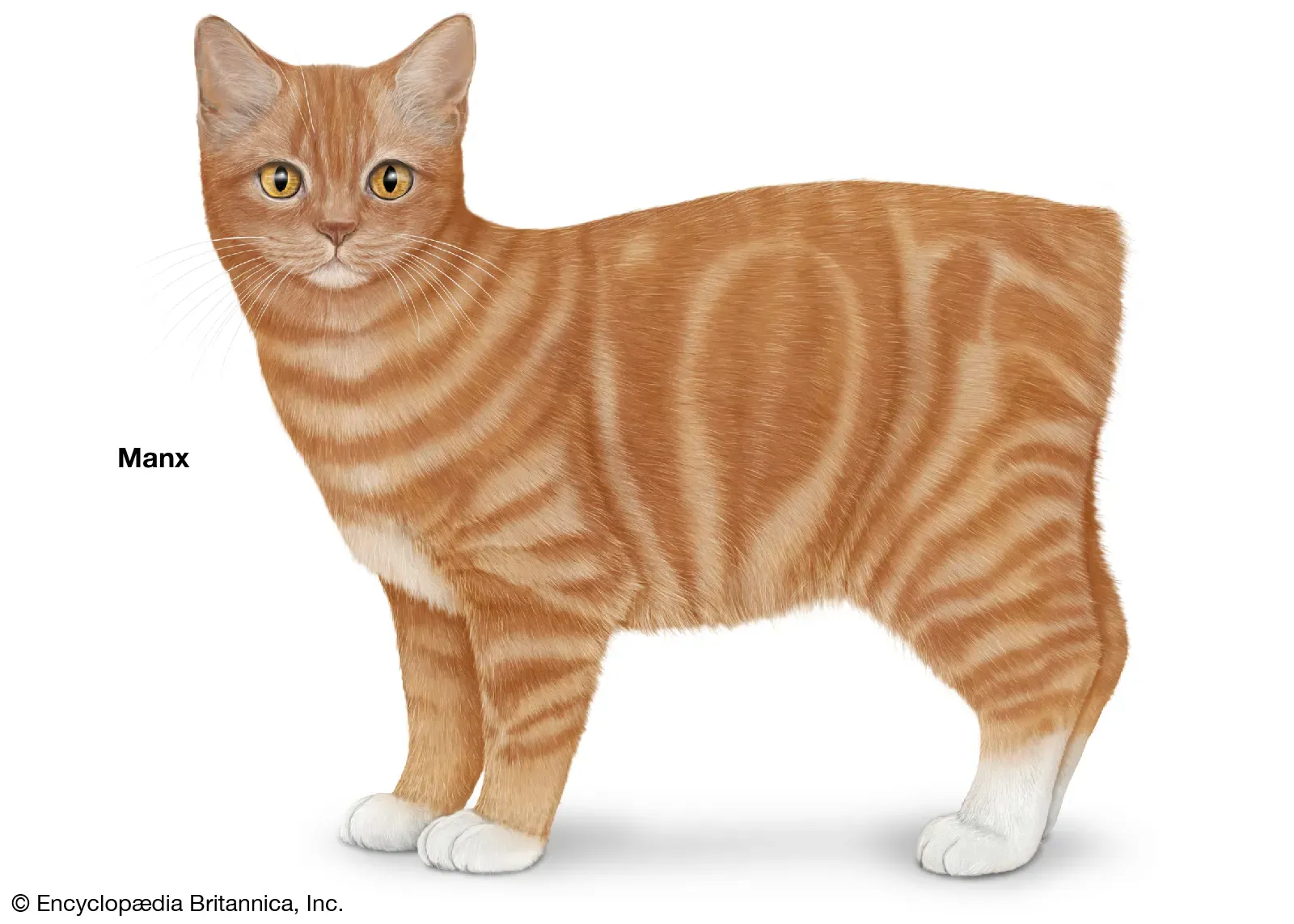 Manx cat illustrating the tailless trait and dense double coat
Manx cat illustrating the tailless trait and dense double coat
Tailless with a double coat, the Manx requires careful breeding to avoid spinal issues. Playful “dogs of the cat world,” they fetch and swim. Check hips regularly.
Ocicat
 Ocicat cat bred for wildcat-like spotted patterns
Ocicat cat bred for wildcat-like spotted patterns
A mix of Abyssinian, Siamese, and American Shorthair, the Ocicat sports wildcat spots. Bold explorers, they need space to roam.
Oriental Shorthair
 Oriental Shorthair cat in various colors and sleek body
Oriental Shorthair cat in various colors and sleek body
Related to Siamese, Orientals offer diverse colors with long, lithe bodies and green eyes. Vocal and social, they demand attention.
Russian Blue
 Russian Blue cat with double coat and silver tipping
Russian Blue cat with double coat and silver tipping
Brought from Russia around 1900, this fine-boned yet muscular cat has a plush blue coat. Reserved but loving, they’re hypoallergenic favorites.
Scottish Fold
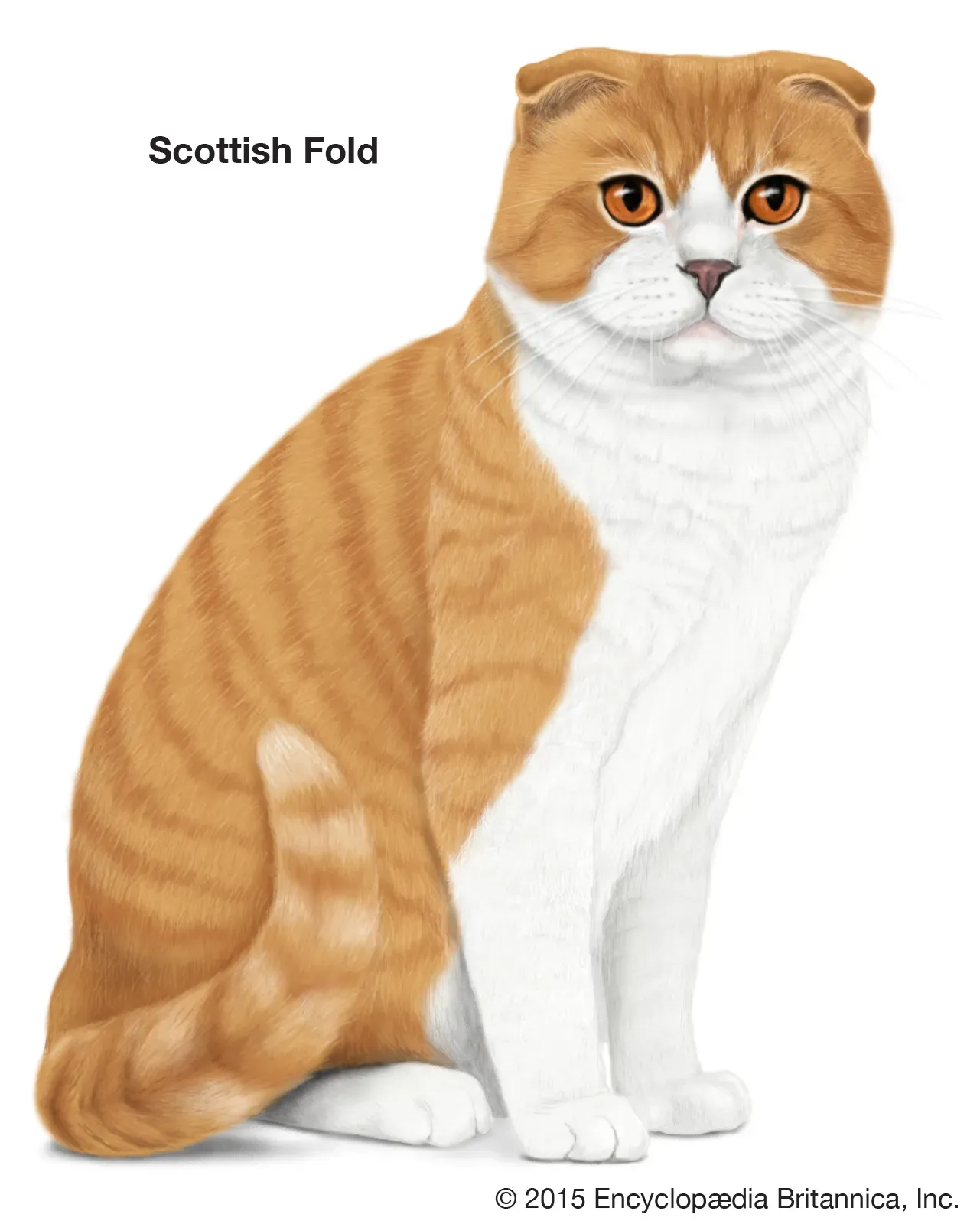 Scottish Fold cat with characteristic folded ears
Scottish Fold cat with characteristic folded ears
Named for folded ears, the Scottish Fold risks cartilage defects—vet screening vital. Sweet and calm, they adore laps.
Siamese
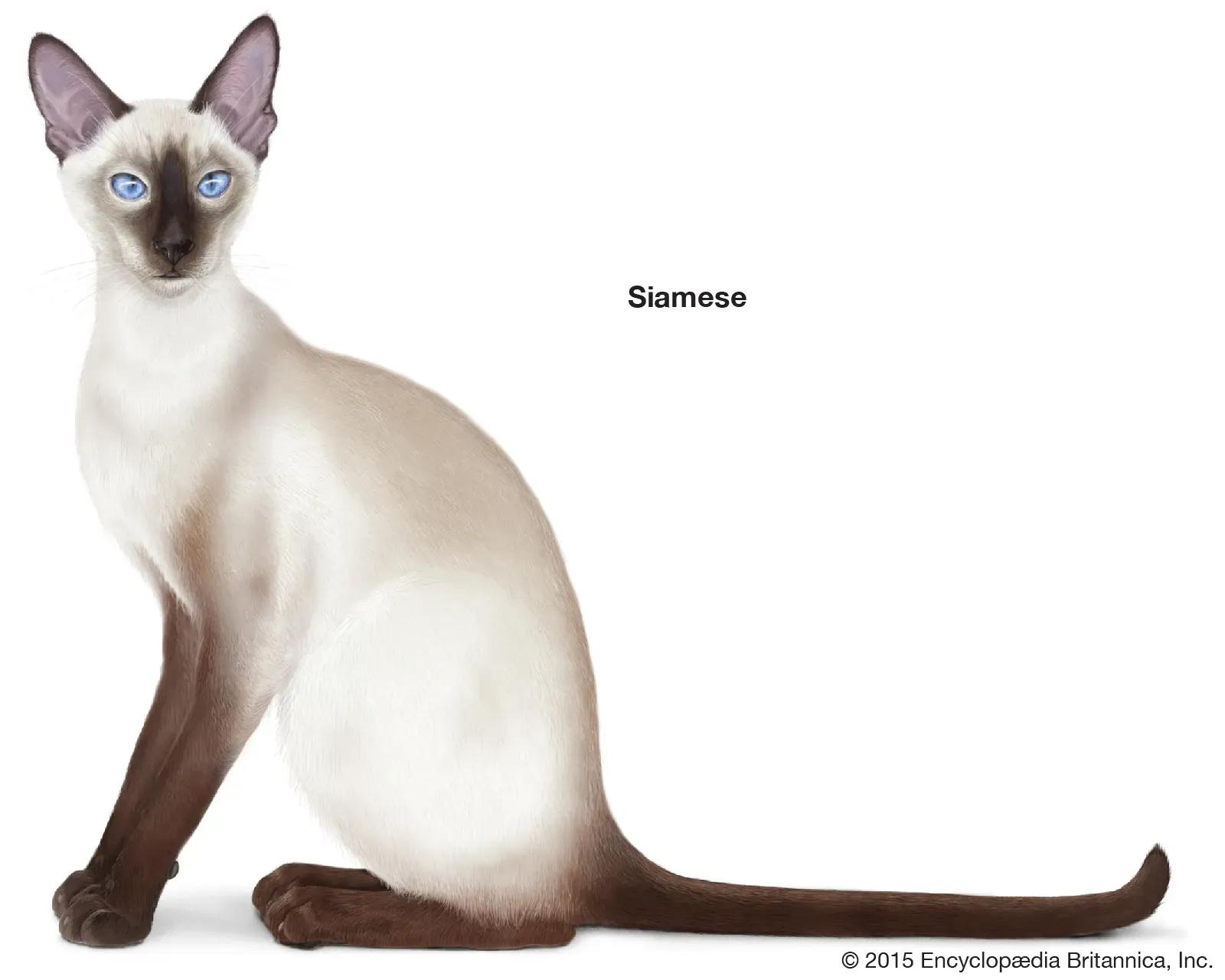 Siamese cat originating from Thailand with striking blue eyes
Siamese cat originating from Thailand with striking blue eyes
Thailand’s gift, Siamese are intelligent, vocal, and lean. They bond intensely; enrich environments.
Sphynx
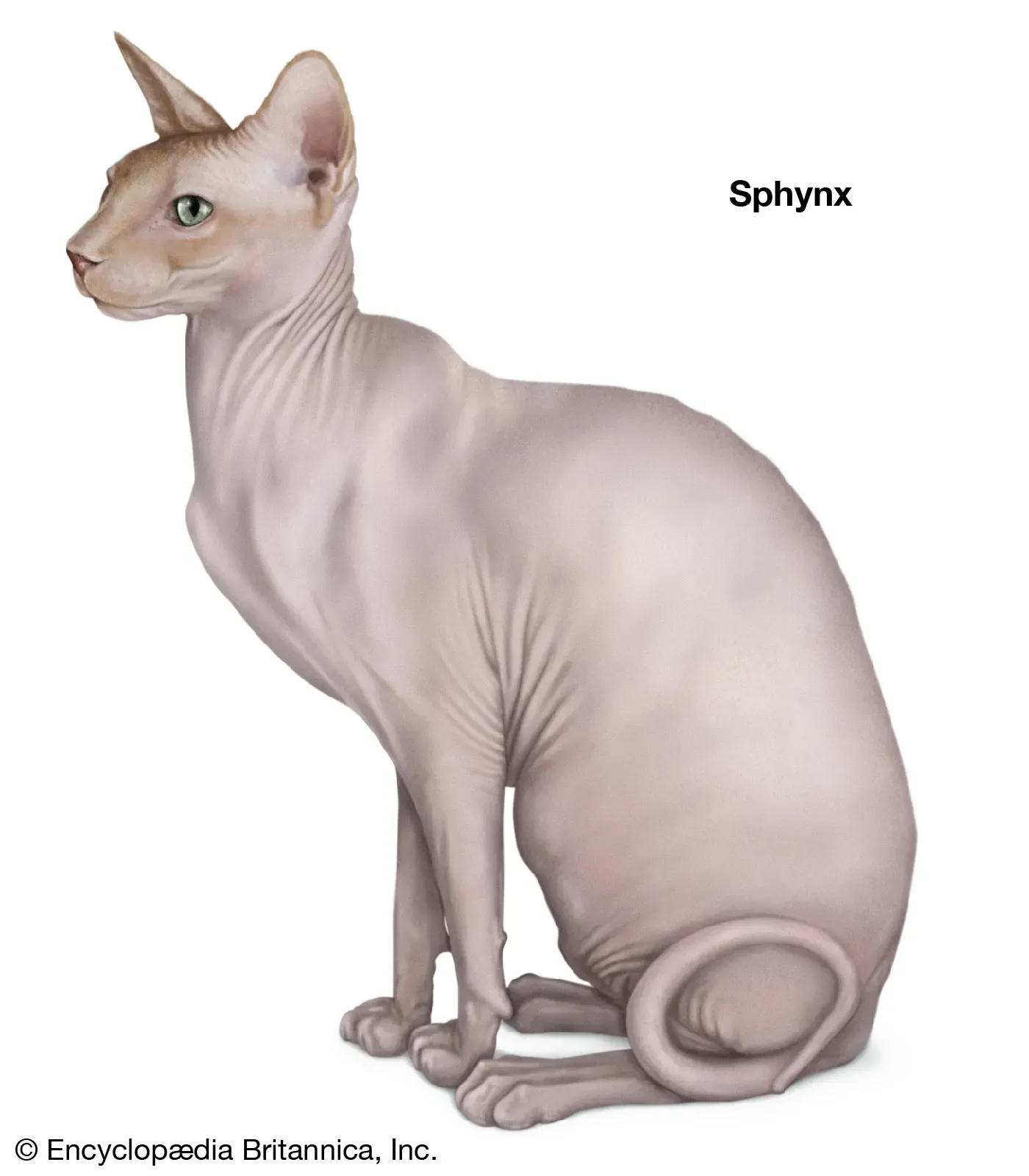 Sphynx cat showcasing its hairless, wrinkled skin
Sphynx cat showcasing its hairless, wrinkled skin
Hairless from 1960s Canada, Sphynx need weekly baths and sweaters. Affectionate “hot water bottles.”
Tonkinese
 Tonkinese cat as a Siamese-Burmese hybrid
Tonkinese cat as a Siamese-Burmese hybrid
Siamese-Burmese cross with blue-green eyes, Tonkinese are playful hybrids recognized in the 1960s.
Shorthair cat breeds blend beauty, health, and companionship—choose based on lifestyle. Consult vets for personalized care. Explore more like the Korean short hair cat for everyday charm!
References
- Encyclopaedia Britannica: Shorthair Cat Breeds
- American Veterinary Medical Association (AVMA) guidelines on feline health.
